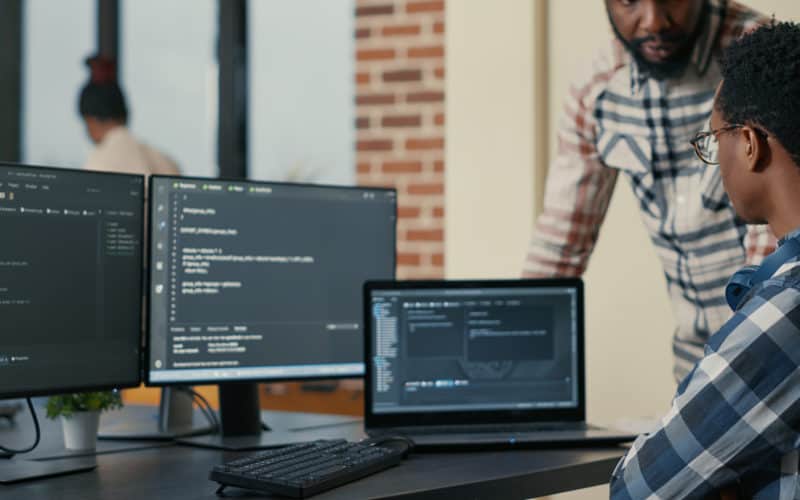For Maria Montessori, Doctor and Educator,: “The motor organ which characterises Man, is the hand at the service of the intelligence, for the realisation of work.” To summarise, learning is done by doing. In other words, learning by doing allows the learner to train themselves, to learn through experience. This method puts the learner at the heart of what they’re doing.
The benefits
“Learning by doing” has significant advantages for the learner, and by extension, the company. Here are the main advantages:
- Training is more easily assimilated. Practising allows the learner to use several areas of the brain, use more resources, and therefore remember easier. When you learn to drive, you learn how to start the car when you practice!
- Since it’s a form of practice, as close to the real thing as possible, the learner is more quickly and effectively operational after their training. They’ll have already put into practice their knowledge and acquired skills!
- Confronting mistakes is also a positive point. It allows you to avoid repeating them in the first place but to also better understand a knowledge or skill. If you turn the car key the wrong way, it will never start, but you’ll only do it once, not twice!
- “Learning by doing” allows the learner to be more lucid about the knowledge and skills already acquired. By confronting their limitations, they are more aware of their needs and shortcomings in order to learn effectively.
How does it work?
Repetition
We have often heard that to memorise, you have to repeat… But it’s not that simple! Do you remember all the poems you learned at school? You’ve heard them so many times and repeated them! Repetition alone is not enough. Repeating differently, on the other hand, will make a real difference! To do this, change the approach while keeping the learner active.
Emotions
One of the characteristics of “learning by doing” is the ability of this method to produce emotions. And neuroscientists know that emotion is a key factor in memorization! The emotion experienced during training that the learner relives in a professional situation will trigger the memory. The knowledge and skills acquired will then be deployed and used effectively.
Projection
Finally, “learning by doing” allows for greater projection, always with a view to stimulating assimilation. Receiving information is much more effective when the learner knows they will have to apply it immediately afterwards! When you look at a recipe, you are generally much more attentive to the ingredients or the steps if you have already taken out your whisk than if you had to make the recipe next week!
As the great Albert Einstein once said: “Knowledge is gained through experience, everything else is information”.
